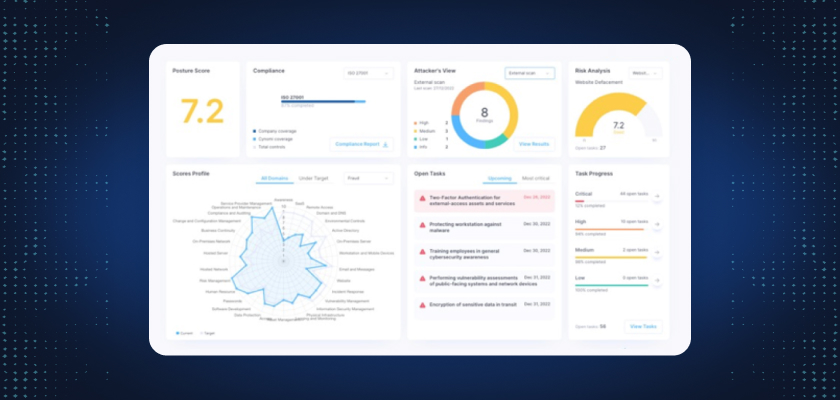
Understanding SOC 2 Reports
SOC 2 reports aren’t just compliance artifacts, they’re trust-building tools.
For MSPs and MSSPs, understanding how these reports are structured and leveraged can directly affect procurement cycles, reduce sales friction, and elevate your status with clients.
In this guide, we’ll break down what’s inside a SOC 2 report, how Type I and Type II differ, and how to stay audit-ready all year long.
What Is a SOC 2 Report?
A SOC 2 report is the formal output of a third-party audit, conducted by a licensed CPA or audit firm. It verifies whether your systems and practices align with the AICPA’s Trust Services Criteria, which include:
- Security (required)
- Availability
- Processing Integrity
- Confidentiality
- Privacy
The report serves as third-party assurance to customers, partners, and regulators that your organization has designed and implemented strong internal controls.
SOC 2 Type I vs Type II: What’s the Difference?
SOC 2 reports come in two formats:
- Type I: “Snapshot in Time”
Evaluates whether controls are properly designed as of a specific date.
Ideal for early-stage companies or first-time audits. - Type II: “Ongoing Assurance”
Verifies whether controls were operating effectively over a time period (typically 3–12 months).
Preferred by enterprise clients and often required for vendor onboarding.
Bottom line: Type I proves you’re set up correctly. Type II proves you’re consistently secure.
What’s Inside a SOC 2 Report?
SOC 2 reports follow a standardized structure. Here’s what each section means:
- Auditor’s Opinion
The CPA’s verdict, either clean (unqualified), qualified (with exceptions), or adverse. - Management Assertion
A signed statement from your organization confirming the scope and accuracy of the system description. - System Description
Overview of your business environment: services, infrastructure, software stack, people, processes, and data flows. - Control Objectives and Activities
Lists how your internal controls map to each Trust Services Criterion selected. - Test Results (Type II only)
Audit findings on whether the controls worked consistently during the review period. - Complementary User Entity Controls (CUECs)
Responsibilities that fall on your clients—e.g., setting strong passwords, managing access within their team. - Subservice Organization Disclosures
Describes third-party vendors (e.g., AWS, Okta) that support your environment and how they’re integrated into your controls.
How Clients Use SOC 2 Reports
SOC 2 reports are requested frequently in:
- Security reviews
- Procurement checklists
- Vendor risk assessments
- RFP responses
Type II reports are especially valuable, they provide detailed answers to most security questionnaires and reduce the need for back-and-forth.
For many clients, a clean SOC 2 Type II report is the green light to move forward.
Stay Report-Ready All Year with Cynomi
SOC 2 success isn’t just about passing an audit, it’s about staying audit-ready at all times. Cynomi’s platform makes that possible.
Here’s how Cynomi helps:
- Evidence Collection Without the Spreadsheets
Automatically gathers logs, configurations, and supporting artifacts, mapped directly to SOC 2 controls. - Always-On Audit Prep
Get alerts when a control drifts, evidence becomes outdated, or a policy needs revision. - Policy and Control Mapping
Use built-in frameworks to align your internal environment with SOC 2 requirements and build a complete system description.
FAQs About SOC 2 Reports
Type I assesses control design at a point in time. Type II assesses design and operational effectiveness over a period.
Not usually. Most organizations start with Type I and move to Type II as they mature. Only Type II is typically requested by enterprise clients.
Type II reports are valid for 12 months from the end of the observation period. Renew annually to maintain compliance.
Yes, but typically under NDA. SOC 2 is a restricted-use report. For public sharing, consider also generating a SOC 3 summary report.